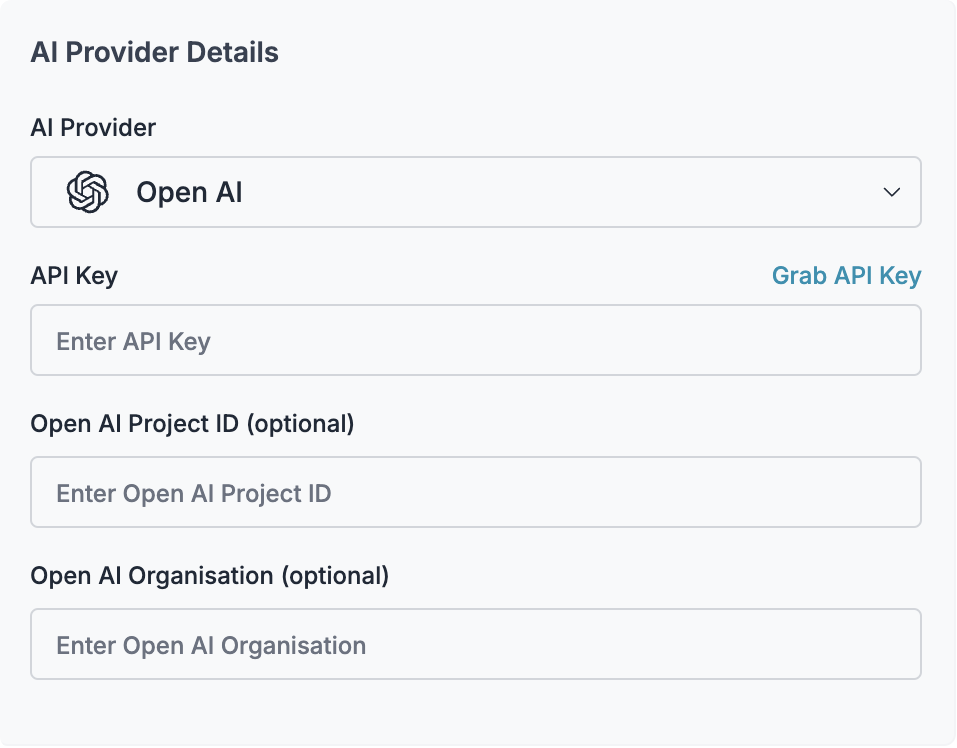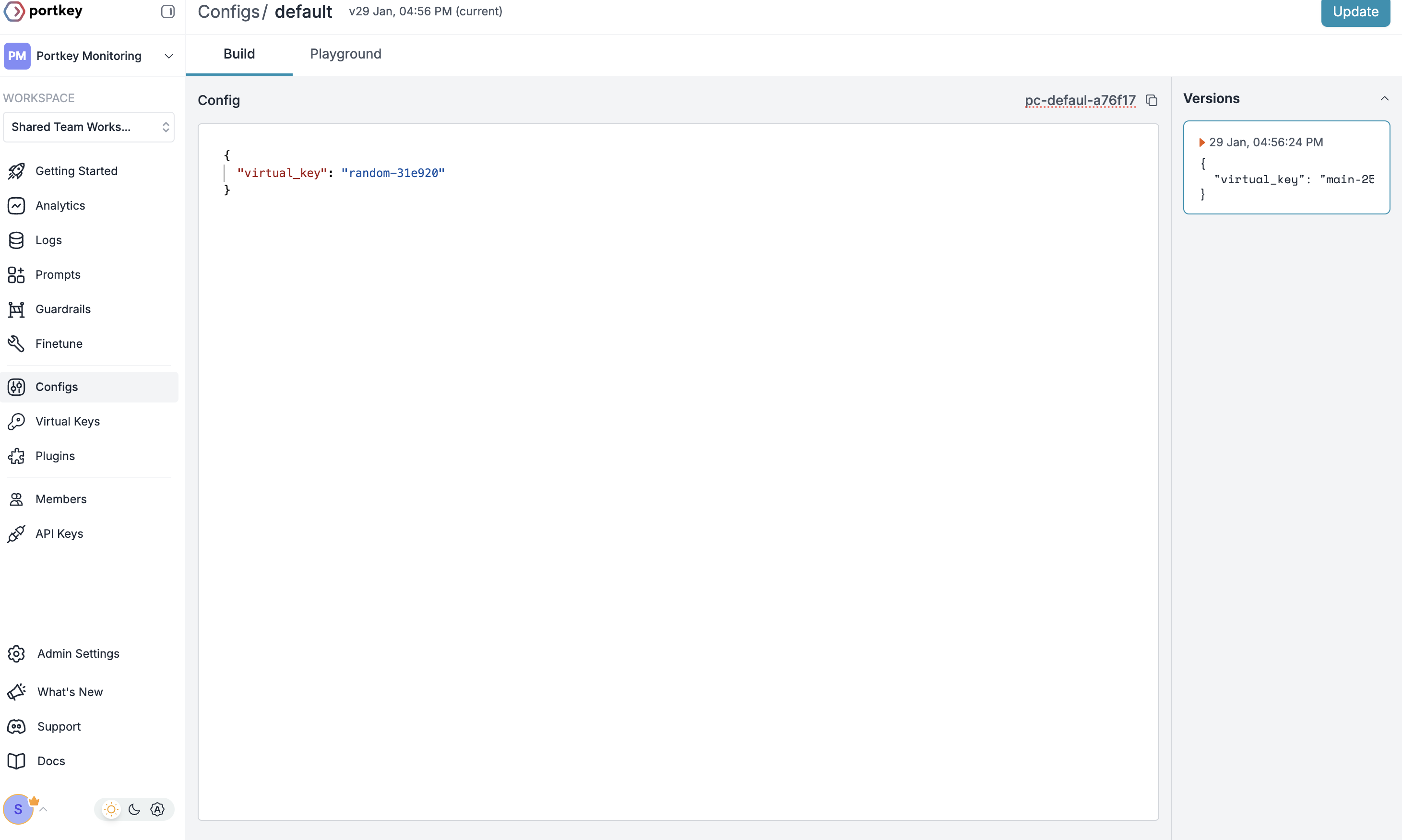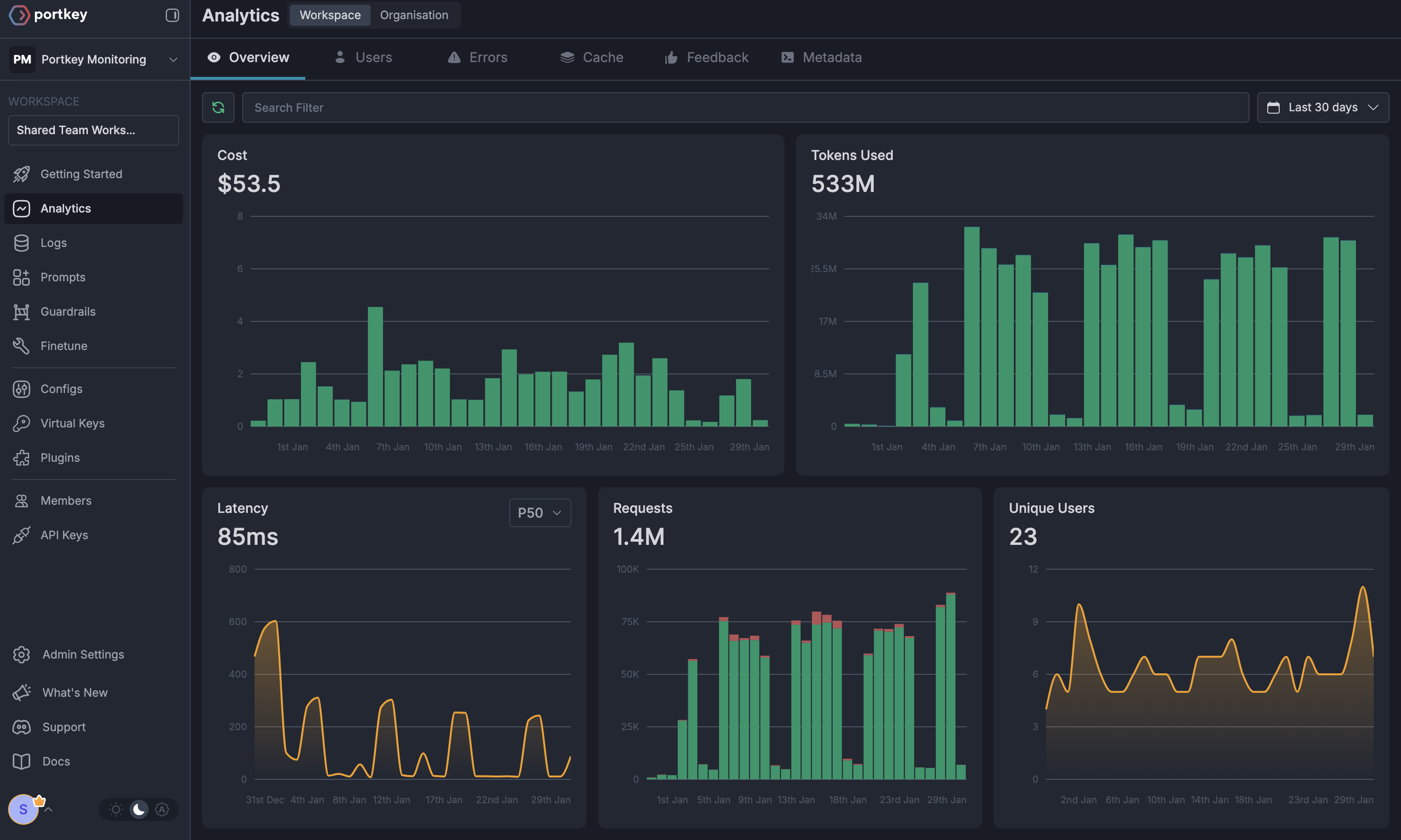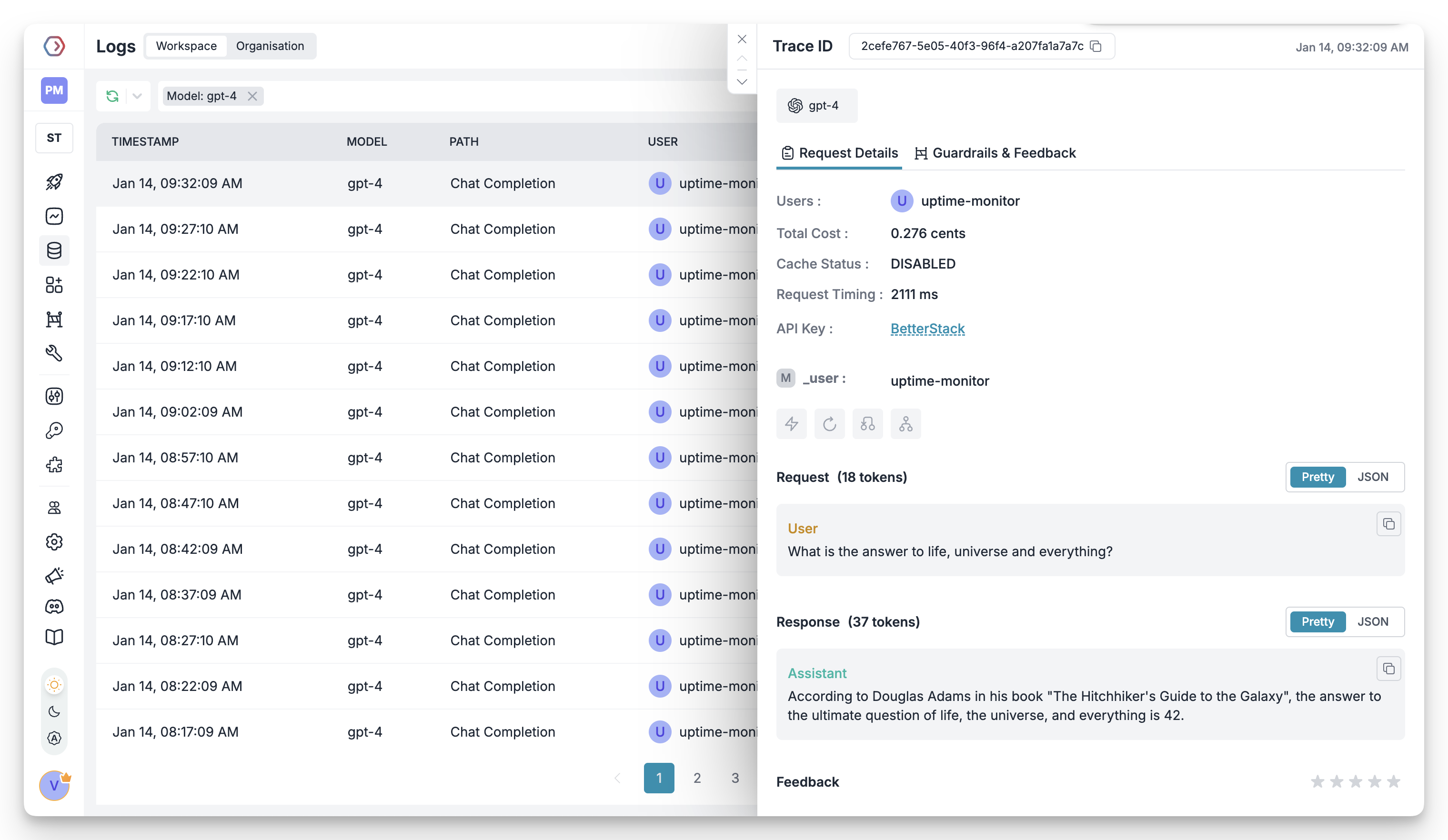Learn More about Llama Prompt Ops on it’s Official Github
- 1600+ LLM models through a unified API interface
- Enterprise-grade controls for production deployments
- Comprehensive observability with 40+ key metrics and request logs
- Governance features including spend tracking and budget limits
- Security guardrails like PII detection and content filtering
Understanding the Facility Support Analyzer
Before diving into the installation, let’s take a closer look at the components of this use case. You can find all the relevant files in the use-cases/facility-support-analyzer directory:facility_prompt_sys.txt- System prompt for the taskfacility_v2_test.json- Dataset with customer service messagesfacility-simple.yaml- Simple configuration fileeval.ipynb- Evaluation notebook
Existing System Prompt
The system prompt instructs the LLM to analyze customer service messages and extract structured information in JSON format:Dataset Format
The dataset consists of customer service messages in JSON format. Each entry contains:- An input field with the customer’s message (typically an email or support ticket)
- An answer field with the expected JSON output containing urgency, sentiment, and categories
Metric Calculation
The FacilityMetric evaluates the model’s outputs by comparing them to the ground truth answers. It checks:- Urgency Classification: Accuracy in determining if a request is high, medium, or low priority
- Sentiment Analysis: Accuracy in classifying the customer’s tone as positive, neutral, or negative
- Category Tagging: Precision and recall in identifying the correct service categories
Prerequisites
Before you begin, make sure you have:- Python 3.10 or later installed
- A Portkey account (sign up at portkey.ai)
- The llama-prompt-ops repository (either installed via pip or cloned from GitHub)
Step 1: Setting up Portkey
Portkey allows you to use 1600+ LLMs with your llama-prompt-ops setup, with minimal configuration required. Let’s set up the core components in Portkey that you’ll need for integration.1
Create Virtual Key
Virtual Keys are Portkey’s secure way to manage your LLM provider API keys. Think of them like disposable credit cards for your LLM API keys, providing essential controls like:
- Budget limits for API usage
- Rate limiting capabilities
- Secure API key storage

Save your virtual key ID - you’ll need it for the next step.
2
Create Default Config
Configs in Portkey are JSON objects that define how your requests are routed. They help with implementing features like advanced routing, fallbacks, and retries.We need to create a default config to route our requests to the virtual key created in Step 1.To create your config:
- Go to Configs in Portkey dashboard
- Create new config with:
- Save and note the Config name for the next step

This basic config connects to your virtual key. You can add more advanced portkey features later.
3
Configure Portkey API Key
Now create Portkey API key access point and attach the config you created in Step 2:
- Go to API Keys in Portkey and Create new API key
- Select your config from
Step 2 - Generate and save your API key

Save your API key securely - you’ll need it for llama-prompt-ops integration.
Step 2: Configure llama-prompt-ops to Use Portkey
With Portkey set up, we now need to configure llama-prompt-ops to use Portkey instead of OpenRouter.2.1 Create Your Project
If you haven’t already, create a sample project:2.2 Update the .env File
Replace the OpenRouter API key with your Portkey API key:
2.3 Update the Configuration File
Modify yourconfig.yaml file to use Portkey instead of OpenRouter:
- The
nameparameter can be set toopenai/openai/gpt-4oor any other model identifier, but the actual model selection is handled by your Portkey config. - Make sure to set
api_baseto"https://api.portkey.ai/v1". - If you’re using task_model and proposer_model, update those as well.
Step 3: Run Optimization with Portkey
Now you’re ready to run llama-prompt-ops with Portkey:- Connect to Portkey’s API
- Use the model specified in your Portkey config
- Log all requests and metrics in your Portkey dashboard
Example Output
The optimized prompt will be saved in theresults/ directory with a filename like facility-simple_YYYYMMDD_HHMMSS.yaml. When you open this file, you’ll see something like this:
Portkey Features
Now that you have enterprise-grade llama-prompt-ops setup, let’s explore the comprehensive features Portkey provides to ensure secure, efficient, and cost-effective AI operations.1. Comprehensive Metrics
Using Portkey you can track 40+ key metrics including cost, token usage, response time, and performance across all your LLM providers in real time. You can also filter these metrics based on custom metadata that you can set in your configs. Learn more about metadata here.
2. Advanced Logs
Portkey’s logging dashboard provides detailed logs for every request made to your LLMs. These logs include:- Complete request and response tracking
- Metadata tags for filtering
- Cost attribution and much more…

3. Unified Access to 1600+ LLMs
You can easily switch between 1600+ LLMs. Call various LLMs such as Anthropic, Gemini, Mistral, Azure OpenAI, Google Vertex AI, AWS Bedrock, and many more by simply changing thevirtual_key in your default config object.
4. Advanced Metadata Tracking
Using Portkey, you can add custom metadata to your LLM requests for detailed tracking and analytics. Use metadata tags to filter logs, track usage, and attribute costs across departments and teams.Custom Metadata
5. Enterprise Access Management
Budget Controls
Set and manage spending limits across teams and departments. Control costs with granular budget limits and usage tracking.
Single Sign-On (SSO)
Enterprise-grade SSO integration with support for SAML 2.0, Okta, Azure AD, and custom providers for secure authentication.
Organization Management
Hierarchical organization structure with workspaces, teams, and role-based access control for enterprise-scale deployments.
Access Rules & Audit Logs
Comprehensive access control rules and detailed audit logging for security compliance and usage tracking.
6. Reliability Features
Fallbacks
Automatically switch to backup targets if the primary target fails.
Conditional Routing
Route requests to different targets based on specified conditions.
Load Balancing
Distribute requests across multiple targets based on defined weights.
Caching
Enable caching of responses to improve performance and reduce costs.
Smart Retries
Automatic retry handling with exponential backoff for failed requests
Budget Limits
Set and manage budget limits across teams and departments. Control costs with granular budget limits and usage tracking.
7. Advanced Guardrails
Protect your Project’s data and enhance reliability with real-time checks on LLM inputs and outputs. Leverage guardrails to:- Prevent sensitive data leaks
- Enforce compliance with organizational policies
- PII detection and masking
- Content filtering
- Custom security rules
- Data compliance checks
Guardrails
Implement real-time protection for your LLM interactions with automatic detection and filtering of sensitive content, PII, and custom security rules. Enable comprehensive data protection while maintaining compliance with organizational policies.
FAQs
How do I update my Virtual Key limits after creation?
How do I update my Virtual Key limits after creation?
You can update your Virtual Key limits at any time from the Portkey dashboard:
- Go to Virtual Keys section
- Click on the Virtual Key you want to modify
- Update the budget or rate limits4. Save your changes
Can I use multiple LLM providers with the same API key?
Can I use multiple LLM providers with the same API key?
Yes! You can create multiple Virtual Keys (one for each provider) and attach them to a single config. This config can then be connected to your API key, allowing you to use multiple providers through a single API key.
How do I track costs for different teams?
How do I track costs for different teams?
Portkey provides several ways to track team costs:
- Create separate Virtual Keys for each team
- Use metadata tags in your configs
- Set up team-specific API keys
- Monitor usage in the analytics dashboard
What happens if a team exceeds their budget limit?
What happens if a team exceeds their budget limit?
When a team reaches their budget limit:
- Further requests will be blocked
- Team admins receive notifications
- Usage statistics remain available in dashboard
- Limits can be adjusted if needed
How do I control which models are available in llama-prompt-ops workflows?
How do I control which models are available in llama-prompt-ops workflows?
You can control model access by:
- Setting specific models in your Portkey configs
- Creating different Virtual Keys with different provider access
- Using model-specific configs attached to different API keys
- Implementing conditional routing based on workflow metadata

